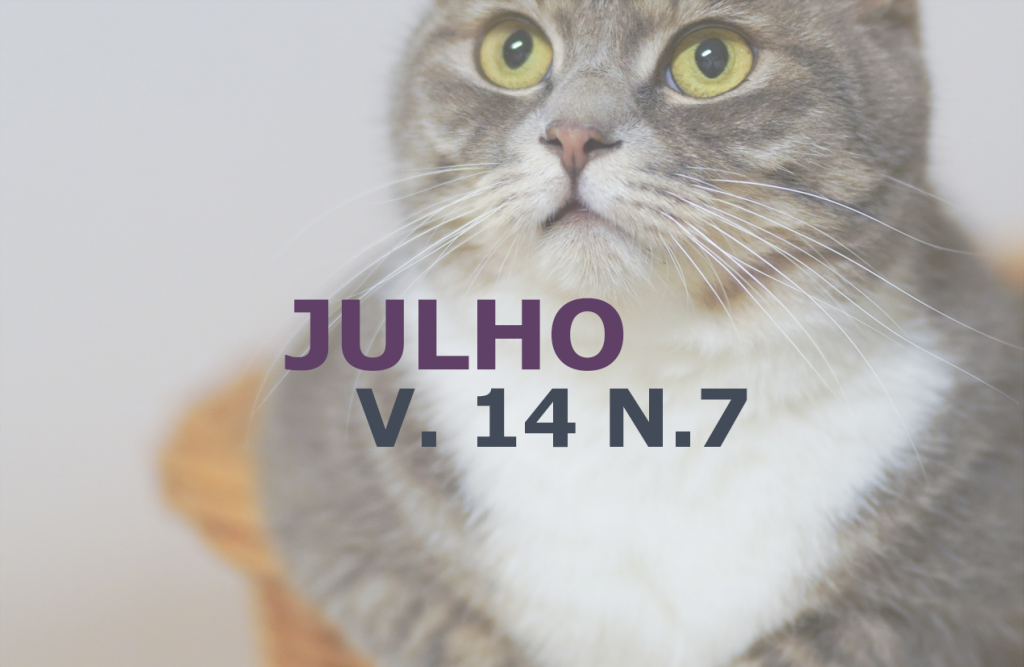Postoperative physiotherapy in dog with cervical hernia and suspected associated granulomatous meningoencephalitis
DOI:
https://doi.org/10.31533/pubvet.v14n7a604.1-7Keywords:
dogs, granulomatous meningomyelitis, veterinary rehabilitationAbstract
Intervertebral disc disease is one of the main neurological disorders in dogs. The clinical signs and prognosis may vary according to the location of the lesion, type of herniation, time of evolution, delay in performing the surgical intervention and the patient's behavior. Usually, lesions in the cervical region usually cause a severe clinical picture, such as hyperalgesia refractory to drug treatment until tetraparesis. In these cases, surgical intervention is the therapeutic modality of choice. The gold standard exams for the diagnosis of DDIV are magnetic resonance and myelotomography. Granulomatous meningoencephalomyelitis is an inflammatory disease that affects the brain and / or spinal cord. It can cause focal or multifocal injuries and can even reach the brain stem. Physiotherapy plays an important role both in the recovery of patients undergoing cervical surgery as it contributes to the control of local edema, accelerates tissue healing, restores muscle strength and stimulates neuromuscular function, and in the patient with a Granulomatous meningoencephalomyelitis condition, as it helps in postural control, balance and gait.
Downloads
Published
Issue
Section
License
Copyright (c) 2020 Daniela Loureiro Henrique, Beatriz Ribeiro Gaspar, Emerson Siqueira, Nadja Jorge, Luigi Milanez Ávila Dias Maciel

This work is licensed under a Creative Commons Attribution 4.0 International License.
Você tem o direito de:
Compartilhar — copiar e redistribuir o material em qualquer suporte ou formato
Adaptar — remixar, transformar, e criar a partir do material para qualquer fim, mesmo que comercial.
O licenciante não pode revogar estes direitos desde que você respeite os termos da licença. De acordo com os termos seguintes:
Atribuição
— Você deve dar o crédito apropriado, prover um link para a licença e indicar se mudanças foram feitas. Você deve fazê-lo em qualquer circunstância razoável, mas de nenhuma maneira que sugira que o licenciante apoia você ou o seu uso. Sem restrições adicionais
— Você não pode aplicar termos jurídicos ou medidas de caráter tecnológico que restrinjam legalmente outros de fazerem algo que a licença permita.





